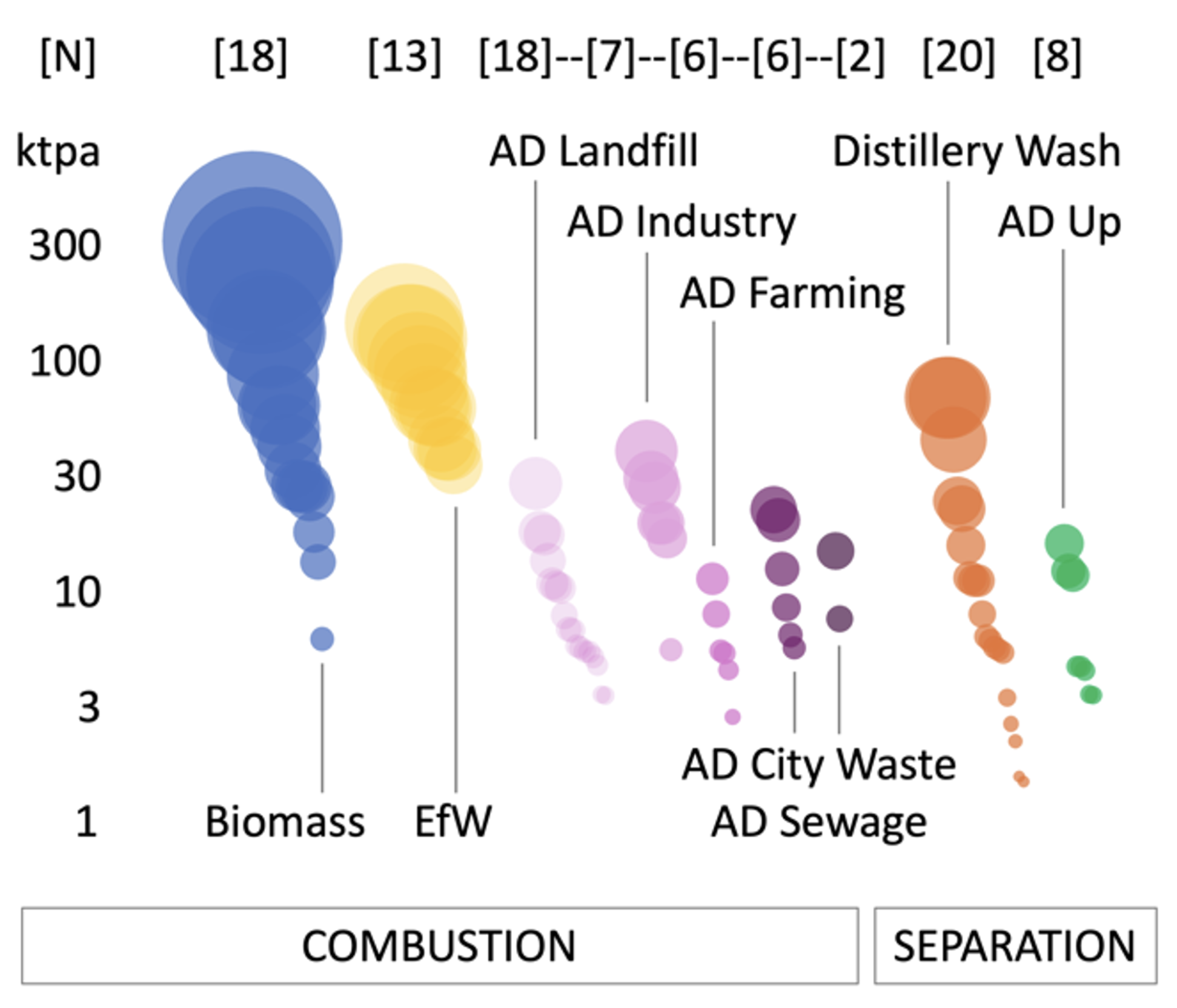A new CXC report by SCCS addressing Scotland’s onshore and inshore potential to capture and store bio-CO2 and generate carbon removal credits is now available.
Scotland’s net zero 2045 ambition and updated Climate Change Plan require the rapid development of carbon capture and storage (CCS) and carbon dioxide removal (CDR) The UK Government are responsible for the ‘cluster sequencing programme’ for offshore storage of carbon dioxide (CO2). Alternative CCS pathways for the rapid decarbonisation of small sources of bio-CO2 may be available within the Scottish Government’s competence. This would require a licencing and permitting regime for storage sites within Scottish inshore waters, which extend to 12 nautical miles from the coast, and policy coordination across capture, transport and storage. This report explores the potential storage capacity in Scottish inshore areas and the availability of onshore emissions originating from biomass. The report also investigated if the distribution of potential sources and storage availability would make it possible to expedite Scotland’s CCS and CDR potential.
We addressed five elements of carbon capture and storage for bio-CO2:
- Licensing – it is possible to adopt a streamlined licensing framework based on the CCS Directive and NSTA approach to offshore storage.
- Storage – inshore storage is available for rapid appraisal, albeit at a very limited capacity compared to offshore.
- Sources – bio-CO2 sources are abundant across nine sectors with explosive growth potential driven by the global CDR market.
- Timeframes – can be measured in years with the potential to deliver operational injection of bio-CO2 before 2030.
- Cost – Capture, transport, and storage costs are competitive with UK clusters and export markets.


